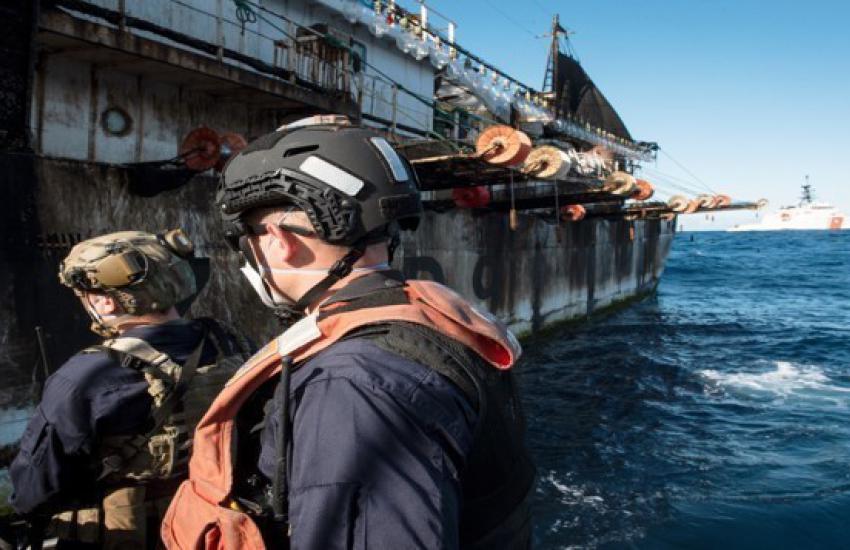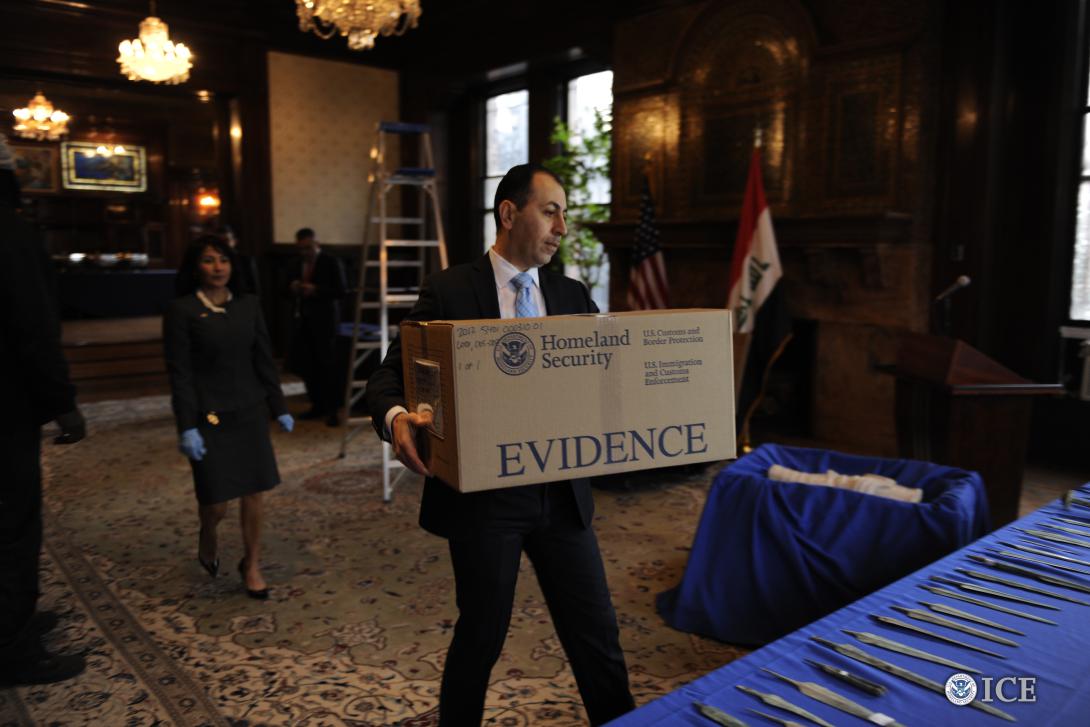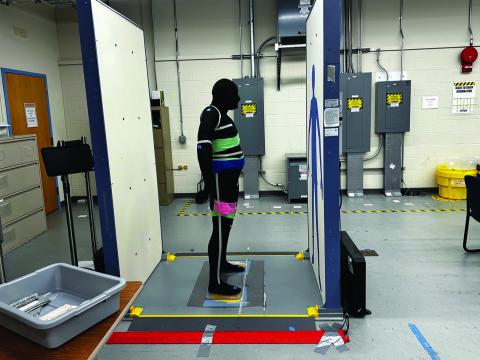DHS Seeks Small Business Creativity
Innovation often stems from demand, and in an effort to educate an audience of small business owners and investors, Department of Homeland Security (DHS) subject matter experts joined a panel discussion to talk about needs, inspirations and the hard facts within their agencies.
The panel took place May 18-19 during the Silicon Valley Innovation Program’s (SVIP) first in-person demo week, an event hosted in collaboration with the DHS Science & Technology Directorate (S&T) in Washington, D.C.
With 328 ports of entry into the United States, the border is met with an overwhelming amount of data, according to Jeremy Ocheltree, acting director of the U.S. Customs and Border Protection (CBP) Innovation Team (INVNT). He expanded on this by citing several statistics that represent a typical day of processing at the CBP:
- 500,000 people;
- 160,000 privately owned vehicles;
- 90,000 truck, rail and sea containers;
- $7.8 billion worth in imported products;
- $256 billion duties, taxes and other fees;
- $350,000 of illicit currency;
- $9 million worth of intellectual property rights violations; and
- 5,000 pounds of narcotics.
“So, when I say ‘big data,’ it’s really big data, and it’s not organized as neatly as it should be,” Ocheltree said. The challenge is finding needles in a haystack, within a very limited amount of time; the solution is an innovative approach to tackle this everyday problem, he added.
Wes Gould, chief innovation officer at U.S. Immigration and Customs Enforcement, echoed Ocheltree’s statements, in particular when tracking border crossings.
Cmdr. Pedro Vazquez, U.S. Coast Guard (USCG) innovation manager, brought attention to a relatively unknown concern: illegal, unregulated and unreported fishing. “93% of the world's fish stocks are classified as either exploited, over exploited or significantly depleted,” Vazquez told the shocked audience.
Partnerships with external stakeholders, Vazquez said, is what helps tackle the USCG concerns. “We recently collaborated with the Defense Innovation Unit,” he continued.
In collaboration with the unit, the USCG launched a prize challenge in search of solutions, including artificial intelligence (AI) and machine learning (ML), to leverage space-based radars to help identify dark targets or illegal, unreported and unregulated (IUU) fishing.
“We had over 1,900 entrants to the competition from 67 countries … five winners were selected, and so now we’re in the process of implementing these AI/ML [capabilities].” Vazquez added that the technologies are available for other agencies to use and are an important example of why private industry is necessary.
Vazquez noted that larger companies occasionally fail to take interest in essential projects. “We were looking for an amphibious vehicle so we can conduct rescue on ice—from water to ice to land,” he explained. “A large company is likely not going to take that on, but through the DHS S&T and the program, we’ve been able to identify companies that are working on the amphibious vehicle.”
“Some of the bigger companies seem to lack creativity,” stated Paul McDonagh, DHS S&T First Responder Portfolio manager. “What we need, in the first responder communities, is for great brains to look at it a little differently.”

For the first responder community, communication capabilities are at the forefront. Identification, credential and access management (ICAM) systems have been of increased interest for the 4 million first responders across the nation, and the department is currently looking for ways to partner with small businesses to resolve this issue.
Recently, firefighters were given the ability to outline objects in a smoke-filled room with modern technology, McDonagh added while emphasizing the need for smaller companies that bring such innovative minds to the communities in need. He saw just that as the SVIP demo week gave startup businesses the opportunity to demo their technologies to the audience. The subjects covered were extensive, from language translation to health tech and cybersecurity.
HaloLights, a company out of Florida, presented their Canine Health Analytics Monitoring Platform (CHAMP). The platform helps K9 handlers monitor and navigate working dogs’ health in order to prevent the high mortality risk in extreme temperatures. DHS S&T, in partnership with SVIP, had awarded HaloLights $199,000 in 2019 to begin prototype testing for the capability.
Richard Hanbury, founder and CEO, Sana Health, presented a wearable neuromodulation device for on-demand sleep and anxiety relief. Hanbury created the device during a 14-month hospital stay following a six-week coma caused by a car crash in Yemen. The Colorado-based company was awarded $55,000 by DHS S&T SVIP in November 2022 under the agency’s “Human Performance and Resiliency” topic call.
The DHS S&T SVIP harnesses worldwide innovation to strengthen national security by helping developed technologies make their way into the market. As stated on the SVIP Demo Week website, “SVIP offers U.S. and international startups non-dilutive funding to carry out prototype projects and possibly transition successful projects to production.”





Comments